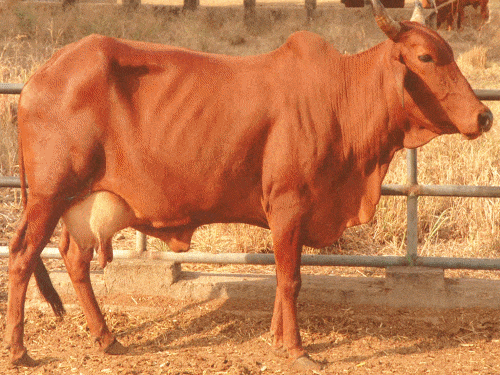- You have no items in your shopping cart
- Subtotal: ₹0.00

Cow Ghee vs Royal Brown Ghee: A Comparative Guide
Ghee is a staple in Ayurveda, used extensively as a medium to administer herbal preparations. In Ayurvedic practices, herbs, pastes, or decoctions are infused in ghee and then given to patients based on their specific conditions and diseases. This guide explores the properties of Cow Ghee and Royal Brown Ghee, two popular varieties with distinct benefits.
Note: “Royal Brown Ghee” is a term popularized by GheeStore, commonly used today to describe buffalo ghee.
Cow Ghee vs Royal Brown Ghee: Properties of Cow’s Ghee
- Enhances intelligence
- Improves memory power
- Increases the quality and quantity of semen
- Rejuvenates the skin from within, enhancing its glow
- Boosts overall body energy
- Detoxifies the body
- Balances Vata dosha (Imbalance in Vata is linked to various diseases)
- Improves voice clarity
- Balances Pitta dosha
- Nourishes the entire body
- Improves digestion and enhances digestive fire (Agni)
- Highly effective in treating eye disorders
- Acts as a powerful Rasayana (rejuvenating substance)
- Considered the best form of fat
Cow Ghee vs Royal Brown Ghee: Properties of Buffalo’s Ghee (Royal Brown Ghee)
- Strengthens the body
- Promotes a feeling of overall well-being
- Enhances fairness and skin glow
- Balances Kapha and Vata doshas
- Highly effective in treating piles (hemorrhoids) and IBS (Irritable Bowel Syndrome)
- Beneficial in treating eye disorders
Among these two, ghee made from cow’s milk is considered to have more medicinal properties. Freshly prepared ghee is especially potent and useful.
Cow Ghee vs Royal Brown Ghee: Types of Aged Ghee and Their Uses
- PURANA GHRITA: Ghee that has been aged for 10 years. It is commonly used in treating epilepsy and other neurological disorders.
- KUMBHA SARPI: Ghee that has been stored for over 100 years.
- MAHAGHRITA: Ghee aged for more than 100 years. It is used in treating chronic cough and eye disorders.
However, ghee should not be administered in cases of tuberculosis, upper respiratory tract infections with excessive mucus secretion, indigestion, constipation, fever, and diabetes.
Cow Ghee vs Royal Brown Ghee: Ghee and Cholesterol
Indian country cow ghee has been found to reduce cholesterol rather than increase it. This has been observed in several Cardio-Vascular-Disease (CVD) patients, one of whom recently completed a 21 km Marathon non-stop in Mumbai and is now planning Himalayan treks. Cow ghee is also used in Cancer Camps, where patients with various types of secondary cancers are treated with PanchGavya medicines.
However, the ability of ghee to reduce cholesterol may vary depending on the type of cow and its diet. Some Goushalas (cow shelters) are conducting experiments to study the correlation between a cow’s diet and the resulting PanchGavya medicines. Different breeds of cows have slightly different properties, which can affect the medicinal qualities of the ghee produced.
In Ayurveda, many medicines are prepared by boiling butter with fresh herbs, herbal powders, or extracts. This process allows the ghee to absorb the medicinal properties of the herbs, making it almost as effective as consuming the fresh juice of the herb.
For more insights on the benefits of ghee and other natural products, visit our LinkedIn page or follow us on Facebook.
For optimal health benefits, the recommended ghee dose is typically 1-2 tsp. in every meal, unless otherwise directed by a physician. We hope you found this article on Cow Ghee vs Royal Brown Ghee informative.



